1. San Francisco, California
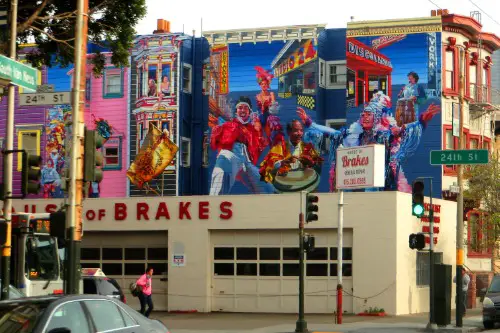
San Francisco rent remains sky-high despite a major exodus in recent years. Tech workers who once flooded the city have increasingly shifted to remote jobs, driving them to cheaper towns with more space. Yet, landlords haven’t adjusted much, and median rent for a one-bedroom still hovers near $3,000. It’s a classic case of old demand dictating current prices.
At the same time, residents are dealing with visible homelessness, safety concerns, and a downtown that’s still struggling post-COVID. Even the iconic cable cars can’t make up for boarded-up storefronts and vacant office towers. People aren’t just moving to Oakland or Daly City — they’re leaving the Bay Area altogether. But with limited new construction, the rent hasn’t caught up with the population shift.
2. New York, New York
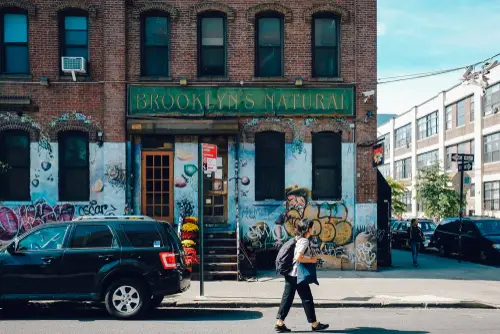
New York remains one of the most expensive rental markets in the country, even as thousands have left for places like Florida and North Carolina. During the pandemic, people fled the city in droves, and while some returned, many didn’t. Renters still face prices over $4,000 a month in Manhattan for tiny apartments. So why hasn’t the rent dropped?
Much of it comes down to limited housing supply and zoning laws that choke new development. Meanwhile, the subway system is unreliable, and the cost of living is out of reach for most middle-class residents. Yet, landlords bank on the city’s “it never sleeps” appeal — even if a good chunk of folks are now wide awake in the suburbs. It’s a place many love to visit, but increasingly few can afford to live.
3. Los Angeles, California
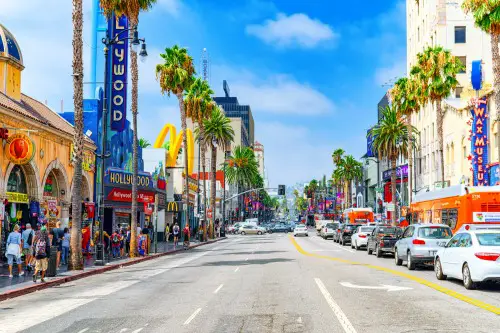
LA rent is steep even though the city’s population has been shrinking since 2020. People cite traffic, high taxes, and a worsening homelessness crisis as reasons for packing up. The average one-bedroom still goes for around $2,500, even as locals head for states like Texas or Arizona. In short, the rent isn’t falling as fast as the people are leaving.
Part of the problem is that there’s not enough housing being built to shake the market loose. Add in NIMBY policies and wild zoning restrictions, and you’ve got a city with supply problems baked in. The sunshine tax is real — but fewer people are willing to pay it these days. Still, for now, landlords continue to charge premium rates for smaller and older spaces.
4. Seattle, Washington
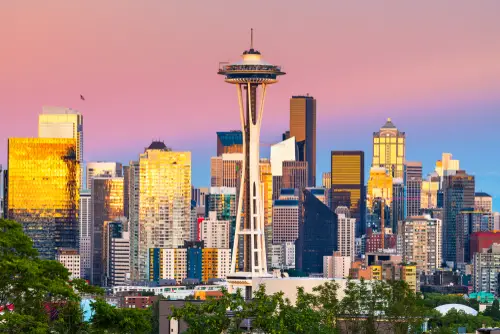
Seattle’s tech boom made it one of the hottest housing markets in the 2010s, but that momentum is slowing. As remote work persists, many Amazon and Microsoft employees are choosing Boise or Austin over pricey Seattle. Yet, rent prices have remained stubbornly high, especially in neighborhoods like Capitol Hill and South Lake Union. Median rents are still well over $2,000 for a one-bedroom.
Locals also cite rising crime and a challenging downtown atmosphere as reasons they’re considering a move. Public transit is limited, and the rainy gloom doesn’t help morale. Even as people leave for greener, cheaper pastures, landlords are slow to budge on pricing. Seattle remains in a weird limbo — expensive, but no longer the magnet it once was.
5. Austin, Texas
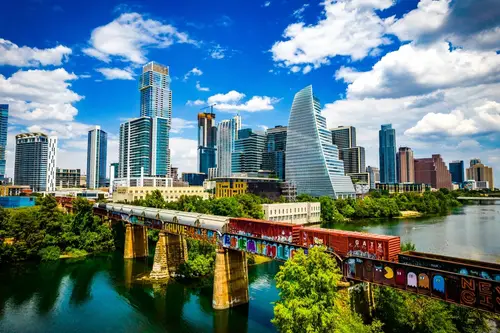
Austin was the place to be during the early days of remote work — until people realized it was getting just as expensive as the cities they left behind. Rents surged by over 40% from 2020 to 2022, pricing out many longtime locals. Now, some of those newcomers are bailing as quickly as they arrived. But rents haven’t corrected significantly.
Downtown congestion, gentrification, and infrastructure issues are pushing people toward the suburbs or out of the city entirely. While the live music and barbecue are still great, the cost of living isn’t as fun. The irony is thick: people moved to Austin to escape high prices, only to drive them up. And now, the city’s affordability reputation is wearing thin.
6. Miami, Florida
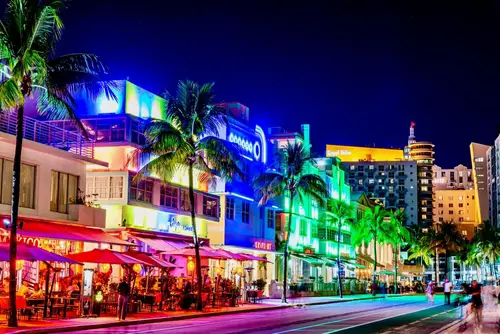
Miami saw a wave of transplants from places like New York and LA — and the rent skyrocketed accordingly. Median one-bedroom prices rose to over $2,500, pricing out many longtime locals in the process. Now that the gold rush has cooled, some newcomers are having second thoughts. But the rents? Still holding strong.
Traffic has worsened, sea level concerns loom, and public transit isn’t cutting it. At the same time, insurance rates are through the roof, especially for renters in flood zones. Miami’s party image masks real quality-of-life challenges that are making residents reevaluate. Yet, landlords are slow to catch on to the softening demand.
7. Denver, Colorado
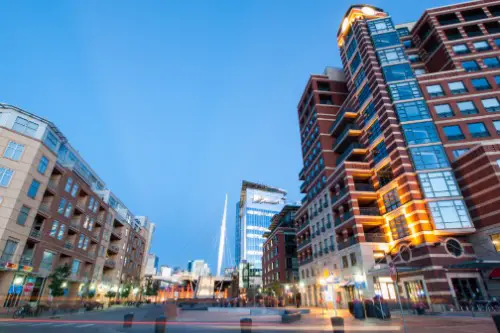
Denver used to be the cool, chill alternative to the coasts — now it’s dealing with big-city prices and growing pains. Rents jumped during the pandemic as people relocated for outdoor space and legal weed. But the city’s charm is wearing thin for some, with concerns about affordability and rising crime. Still, average rents for a one-bedroom hover around $2,000.
Many who came for nature now complain about traffic and overdevelopment. And longtime locals are moving further out, toward the suburbs or neighboring states. Rent hasn’t dipped in line with the discontent, mostly because inventory remains tight. It’s become a city where people are arriving and leaving at almost the same rate.
8. Washington, D.C.
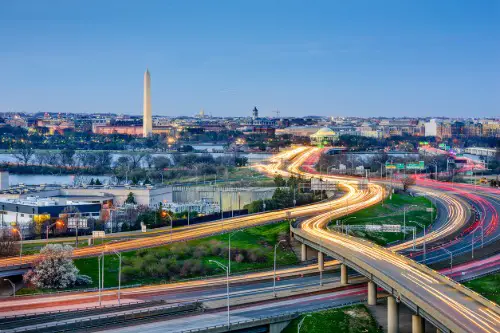
D.C. has always been pricey, but remote work has changed its character — and not for the better. With many federal workers no longer commuting daily, downtown feels emptier and more fragile. Yet, rents in neighborhoods like Dupont Circle and Shaw remain extremely high. Even as foot traffic drops, rent signs don’t seem to.
Office-to-apartment conversions are slow, and construction hasn’t kept pace with demand. Combine that with safety concerns and metro woes, and you’ve got a city struggling with relevance. Residents looking for vibrancy are increasingly heading to nearby Arlington or even Baltimore. Still, D.C. landlords seem to think the 2019 boom never ended.
9. Boston, Massachusetts
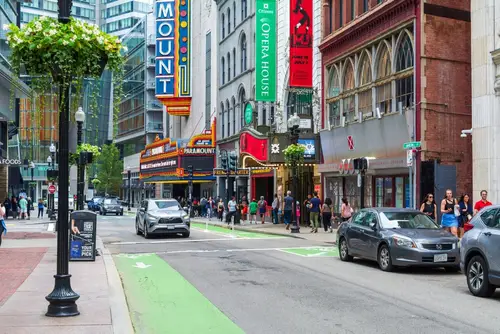
Boston’s rent prices are shockingly high for such a small city, with the average one-bedroom costing over $2,700. It’s driven in part by the dense concentration of universities and hospitals — but also a severe housing shortage. Many young professionals are priced out after graduation and head for cheaper options in nearby cities. Yet the demand crunch keeps prices inflated.
Transit isn’t as reliable as it should be, and winter weather adds to the frustration. A lot of locals gripe about the high costs, but there’s limited movement toward real reform. Boston’s prestige props up the market, even if it’s not keeping residents long-term. People want the degree or the job — then they’re out.
10. San Diego, California
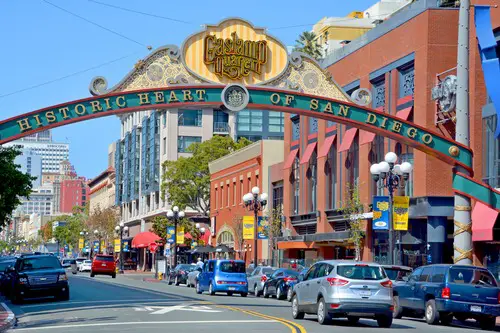
San Diego has become one of the least affordable places to live in the U.S., despite being often overshadowed by LA or SF in headlines. Rents for modest apartments regularly top $2,700 a month, even as residents are increasingly priced out. The job market doesn’t match the housing costs, and many younger people are relocating. Still, the sunshine and surf seem to keep rents afloat.
Housing construction is slow, and local opposition to density keeps supply down. Some neighborhoods have seen a quiet but steady outflow of renters heading inland or out of state. But landlords are betting that the weather will always win. For many, though, it’s not enough to justify the monthly squeeze.
11. Portland, Oregon
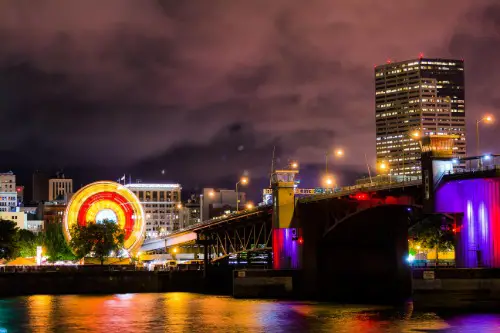
Portland was once the poster child for hip, affordable living — not anymore. Rents have surged in recent years, even as the city faces rising homelessness and political unrest. The median one-bedroom rent is now over $1,700, with limited inventory for low- to mid-income residents. That’s despite a significant drop in net migration since 2021.
The city’s vibe has shifted, and not everyone is into it anymore. Safety concerns downtown and a sluggish return to office life have dulled Portland’s sparkle. Many people who once praised its quirkiness are now seeking stability elsewhere. Still, rent prices haven’t fallen in step with the sentiment.
12. Philadelphia, Pennsylvania
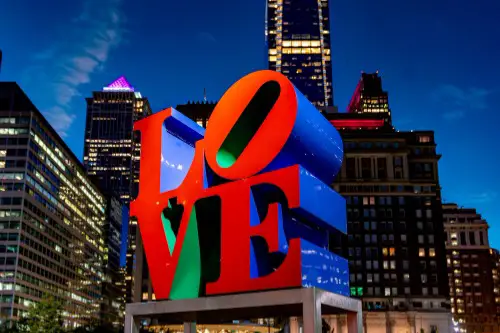
Philly rents have climbed faster than the city’s reputation would suggest. Many renters are surprised to find that a one-bedroom here can run close to $1,800 in central neighborhoods. While it’s still cheaper than NYC, the value proposition is wearing thin. A lot of people leave for better schools, safer suburbs, or just a more predictable lifestyle.
The housing stock is old, and new development has been slow to catch up. Even with crime and infrastructure challenges, the market hasn’t cooled off much. Rent prices seem to reflect potential rather than reality. And for many, the dream just doesn’t match the monthly debit.
13. Chicago, Illinois
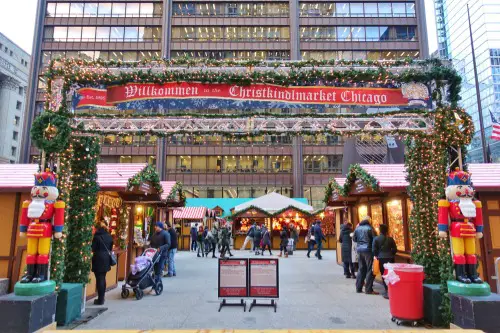
Chicago’s rent situation is oddly sticky for a city that’s lost population for over a decade. Despite a declining headcount, downtown rents remain stubbornly high, especially in newer buildings. Average one-bedrooms are still going for $2,000+, depending on the neighborhood. But many residents cite crime, taxes, and harsh winters as reasons for leaving.
The loop and surrounding areas have seen office vacancy spikes, yet residential rent hasn’t followed suit. Transit is solid but aging, and the city’s financial woes hang in the background. More people are eyeing suburbs or warm-weather alternatives. Yet somehow, the rental prices act like it’s still peak demand season.
14. Honolulu, Hawaii

It might seem like paradise, but Honolulu comes with a huge rental price tag — typically over $2,500 for a modest apartment. And yet, a lot of locals are moving to the mainland in search of better-paying jobs and lower costs. The result is a strange situation where prices are high, but long-time residents can’t afford to stay. Tourism props up much of the economy, but it doesn’t help renters.
Construction is limited, and land use restrictions are tight. The cost of shipping goods only adds to the economic pressure. As more locals leave, the market remains propped up by outsiders with cash. It’s beautiful, but for many, it’s just not livable anymore.
This post 14 U.S. Cities Where Rent Prices Are High Because “Everyone Wants to Leave Anyway” was first published on American Charm.


